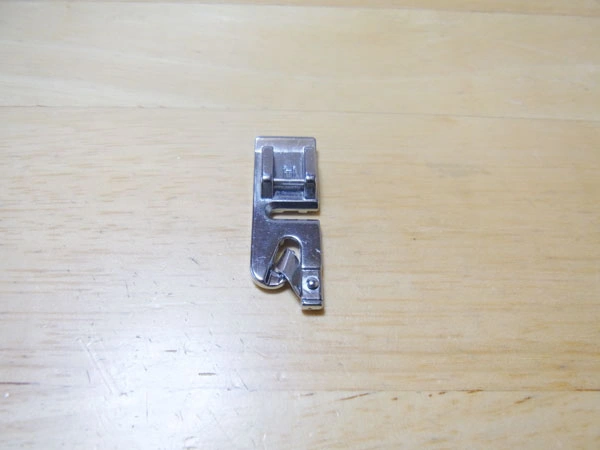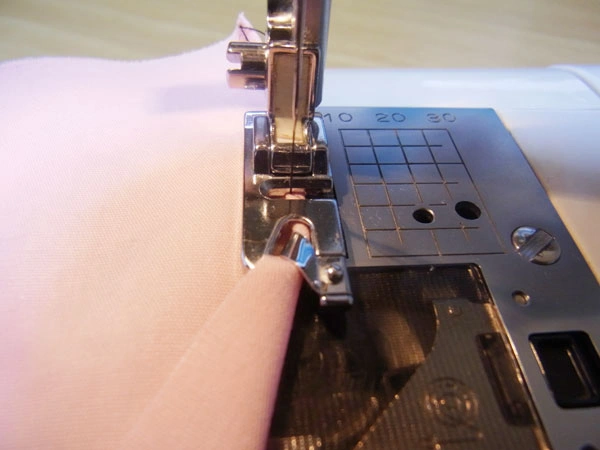How to Serge/Overlock (Sewing Machine & Overlock Machine)
Serge/overlock should be applied before or after the fabric is cut and sewn together to prevent the seam allowance from fraying.
It is very easy with an overlock machine, but even a basic sewing machine usually has a serge/overlock function.

In addition to the photo above, there are many other methods, such as serging on the bias, using facing to hide edges, roll lock, or three-fold hemming. Among them, I selected the easiest methods.
If you have an overlock machine, you will almost certainly use it. For details, please see About Overlock Machines .

The first method is the zigzag stitch, which is the basic serge/overlock method on a sewing machine.
This function is always included on basic sewing machines. Some have up to three types, but the largest zigzag is the easiest and most effective to use.
Since many machines support it with a standard presser foot, this method is commonly used.
One important point: the needle moves from left to right. When it goes down to the right, make sure it goes over the fabric edge. If not, it will look neat, but the unstitched edge will fray.
Next is the overcast stitch (see the top photo). Some sewing machines have this function, while others do not. Some may require a special presser foot (overcast stitch foot).

For rolled hemming, a special presser foot like the one shown in the photo is used.
Unlike ironing a three-fold hem, it rolls the fabric edge into a small fold, creating a neat triple fold.
I highly recommend it because the finish is very clean and it works in many different places.

It does require some skill to use well.
As shown in the photo, the fabric is sewn while being rolled at a steady angle. If the feeding angle is even slightly too shallow, the triple fold will collapse. If too steep, the fabric will be crushed and wrinkled.
With practice, you will get the feel for it. Once you are used to it, you can also use it on gentle curves, making the rolled hem presser foot very useful!
It is especially handy when making gathered ruffles with your favorite fabrics.